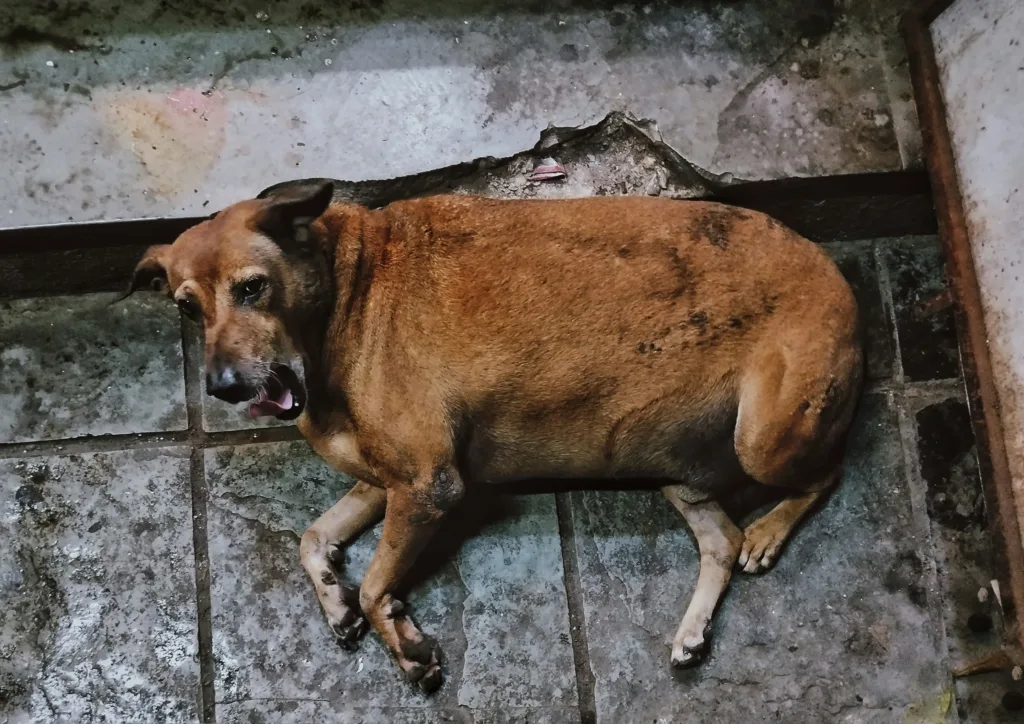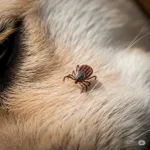Let’s just get this out of the way—yes, I laugh when I see overweight dogs. And I don’t mean in a cruel way, it’s just… relatable. Being overweight myself, I see them waddling around, their bellies swinging side to side like furry little rice balls, and I think, “Yep. I get it.”
But once the smile fades, I start thinking—how did they get there? What are they eating? What kind of exercise do they get, if any? Are they being fed just rice every day with the occasional spoon of gravy or milk like most pets in India? Because the truth is, pet obesity isn’t a rare problem anymore. It’s everywhere. And we don’t talk about it because, hey, what’s a little extra chubbiness if your dog’s tail still wags, right?
Wrong.
Obesity in pets is the same as it is in us—it creeps in slowly, gets normalized quickly, and eventually messes everything up. We say we love our pets like children, but when it comes to their health, we’re failing them more often than we’d like to admit.

The Guilty Truth: I Do It Too
Look, I’ve fed my dogs table scraps. I know I shouldn’t. Bones, fried bits, whatever’s left when I’m too lazy to get up and refill their bowl with “proper food.” And every time I do it, I regret it—especially when there’s bloody stool later or a late-night vet visit looming. But they beg. They look at you like their life depends on that one chicken bone. You give in. Then you hate yourself for it.
This is what most Indian pet parents go through. We love them, we spoil them, and sometimes, that spoiling comes at the cost of their health.
Indian Vets and the Struggle That Is Real
Honestly, I feel bad for Indian vets. They’re stuck in this weird middle ground where they want to guide pet parents toward proper nutrition and care, but are constantly battling this deep-rooted belief that “dogs don’t need expensive food.” I’ve literally heard people say, “Kutta hai, kuch bhi kha lega.” (It’s a dog, it’ll eat anything.)
So what do we feed them? Cheap kibble, rice and milk, leftover dal, or some weird homebrew of all three. Proteins? Too expensive. Vegetables? Meh. We’ve built this diet that’s 80% carbs, 10% fats, 10% hope.
And don’t get me started on portion sizes. Just because your plate is full doesn’t mean your pet’s should be. I have two dogs—one’s a full-grown German Shepherd, the other’s a medium-sized indie. I try to portion their food based on their size and activity levels. But even in my own home, this turns into a full-blown debate. “Why is she getting more food than him?” Because she’s twice his size and needs 50% more fuel. That’s why.
They’re not identical twins. They’re dogs with different metabolisms, different needs. But try explaining that when everyone sees them as literal children.
The “Cute” Fat Dog Isn’t Cute Forever
We think it’s adorable when dogs are chubby. The rolls, the squishy faces, the slow trotting—it’s meme-worthy. But underneath that cuteness is joint pain, breathing issues, diabetes, and a shorter life span. All for what? Because we gave in to their puppy eyes one too many times?
It’s hard, I get it. They’re our babies. We work long hours, and when we finally sit down for a meal, we want to share that moment with them. But sharing your life with a pet means also accepting responsibility for their body, their health, and their ability to live without pain.
Imagine needing surgery and being told your pet might not survive anesthesia—not because of age, but because they’re obese. It happens. And the worst part? It’s preventable.
Big Dogs in Tiny Houses
And here’s another unpopular truth: most Indian homes are not built for big dog breeds. We buy German Shepherds, Labradors, Huskies, and Saint Bernards because they look cool. Because some Bollywood celebrity posted a picture with one. But we don’t think about the logistics.
They’re not decor. They’re not status symbols. They are high-energy, high-maintenance animals that need space, mental stimulation, and serious commitment. Keeping them locked in a two-bedroom flat with a 10-minute evening walk is not love. That’s slow neglect.
It’s the same as owning a Range Rover and never changing the oil. Sure, it looks good in the driveway, but the engine’s screaming inside.
It’s Not About Being Perfect
Here’s the thing—I’m not writing this from a place of superiority. I mess up too. I’ve overfed. I’ve under-exercised. I’ve let them guilt-trip me into bad decisions. But at some point, we all need to look in the mirror and ask: are we loving them the way they need to be loved?
That means:
- Giving them balanced meals, not just rice and leftover curry.
- Controlling portions like you would for a diabetic parent.
- Making time for walks and play even when you’re tired.
- Saying no to that pleading face when you know the food could hurt them.
- Visiting the vet not just when they fall sick, but to prevent it from happening in the first place.
Final Thoughts (Not the Moral of the Story—Just the Real Talk)
We’ve got to stop sugarcoating the truth with “aww, he’s just fluffy.” If we really love our pets, we owe them better. They don’t get to choose what to eat or how much. They rely on us. And that responsibility shouldn’t feel like a chore—it should feel like a privilege.
So maybe next time your dog gives you those “I want your biryani” eyes, you pause. And maybe, just maybe, instead of feeding them half your plate, you grab the leash and go for a walk.
Trust me—they’ll be happier. And so will you.




Leave a Reply